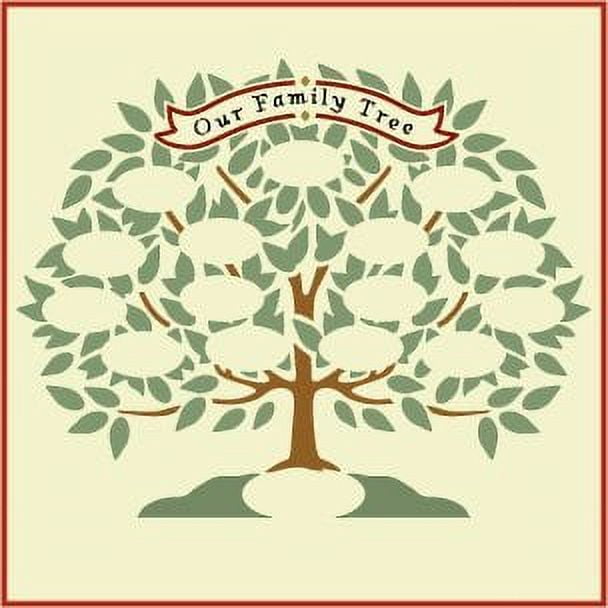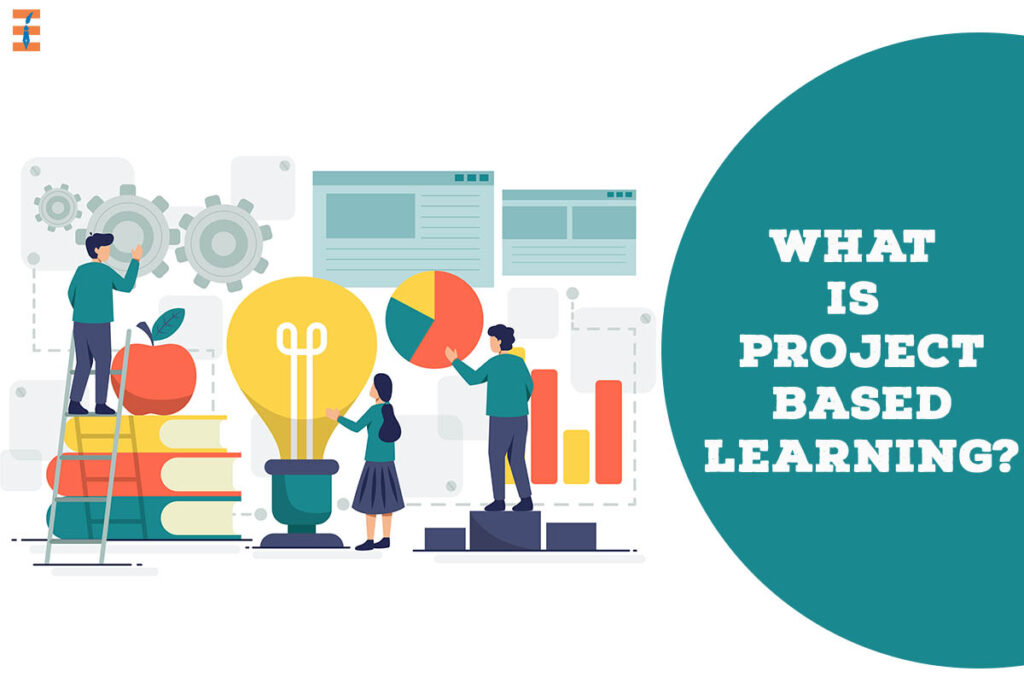Factors Affecting Family Health: Personal Histories and Wellness
 |
| Personal health is often influenced by one's family health history. |
by John Fisher (assisted by AI)
Health is a deeply personal and familial experience, influenced by genetics, lifestyle choices, social dynamics, economic conditions, and access to healthcare. In a Health and Wellness class, students reflected on their family health histories, sharing insights into both physical and mental health challenges and the efforts taken to maintain well-being. These narratives highlight the importance of awareness, preventative care, and healthy habits that shape long-term health outcomes for individuals and future generations.
Genetic Health Conditions
Many students noted inherited health conditions such as heart disease, diabetes, and cancer, emphasizing the importance of monitoring and managing these risks. One student shared, “My family has a history of heart and blood-related problems. Both of my grandfathers have undergone heart surgery and survived.” Another described their family’s battle with cancer: “My grandfather had cancer, my mom has had cancer, and my sister is high risk for cancer.” These experiences reinforce the need for regular medical check-ups and proactive health management.
Mental Health Challenges
Mental health concerns were a recurring theme, with students recognizing hereditary conditions such as anxiety, depression, and neurodivergent traits. One student reflected, “Genetically, we have a predisposition for several mental illnesses and neurodivergencies. Luckily, with increased access to mental health resources, my family has been able to get the medications, therapies, and general support we need.” Another noted, “Both my mother and father’s side have struggled with anxiety and depression. My father has been on medication for years, and my younger sister was recently diagnosed as well.” These stories underscore the importance of mental health awareness, access to professional care, and open discussions within families.
Lifestyle and Preventative Health
Students described how their families incorporate healthy habits to combat genetic and environmental health risks. Many cited diet and exercise as key factors in shaping their well-being. “My parents started running in their 30s, and now they’ve run multiple marathons. I also picked up running and plan to do my first marathon this year,” shared one student. Another emphasized the impact of home-cooked meals: “In my house, food is made from scratch with fresh ingredients almost 100% of the time. We focus on eating vegetables, fruits, and organic food.” These examples illustrate how lifestyle choices can counteract hereditary risks and contribute to overall health.
Social Dynamics and Family Structure
Family relationships and upbringing significantly impact health behaviors. Divorce, parental influence, and family traditions were commonly mentioned. One student reflected on the impact of divorce: “My parents are divorced, and my brothers and I tend to live fairly unhealthy lives… my step-siblings, on the other hand, go to the gym daily.” Another noted how parental habits shaped their own: “My mom’s commitment to fitness motivated me to make exercise a part of my daily routine.” These experiences show how family environments influence health behaviors in positive or negative ways.
Economic and Educational Factors
Access to healthcare, nutritious food, and fitness opportunities is often shaped by financial status and education. One student highlighted the challenges of affording healthy food: “Healthy food is getting expensive… my parents ask us not to waste it.” Another noted the difficulties of accessing wellness resources: “Gym memberships, therapy, and organic food are expensive, making health feel like a privilege for some.” Education also plays a role—families that are well-informed about health risks tend to prioritize preventative care, such as regular screenings for conditions like diabetes and cancer.
The Role of Stress and Mental Health
Stress is a significant factor in family health. Many students discussed how family stressors—work pressures, financial burdens, and childhood trauma—contributed to both physical and mental health struggles. One student shared, “Mental health is a huge part of my family… everyone has dealt with suicidal thoughts at one time or another.” These accounts highlight the need for mental health support systems and stress management strategies within families.
Technology and Sedentary Lifestyles
Technology use, especially video games and screen time, was another factor affecting family health. Some students noted how excessive gaming contributed to a sedentary lifestyle: “My step-siblings play video games all day, but they also make time to exercise.” Others admitted that screen time often led to unhealthy eating habits and irregular sleep. However, students who balanced gaming with physical activity and structured routines showed that technology’s impact on health depends on how it is managed.
Overcoming Health Struggles
Many students shared stories of resilience and overcoming health challenges. One student described their experience with Ehlers-Danlos Syndrome (EDS): “EDS has caused my mother to have many health complications and surgeries. For me, it has made me hypermobile and susceptible to injury, but physical therapy has helped me manage it.” Another reflected on breaking unhealthy cycles: “I grew up eating mostly fast food, but now I’m learning to cook healthier meals and exercise regularly.” These narratives show that despite genetic predispositions and environmental challenges, individuals can take proactive steps to improve their health.
Conclusion
Family health is influenced by more than just genetics—it is shaped by lifestyle choices, social dynamics, economic conditions, education, mental health, and technology use. While some factors are inherited, many health outcomes are within an individual’s control. Students recognized the importance of breaking unhealthy cycles, prioritizing mental wellness, and making informed health decisions. As one student wisely stated, “I believe that God has blessed us with incredible bodies, and it’s our responsibility to care for them.” These reflections serve as a reminder that while family history provides insights into potential risks, the choices we make ultimately define our health and wellness.
Hashtags:
#HealthAndWellness #FamilyHealth #MentalWellness #HealthyHabits #PreventativeCare












